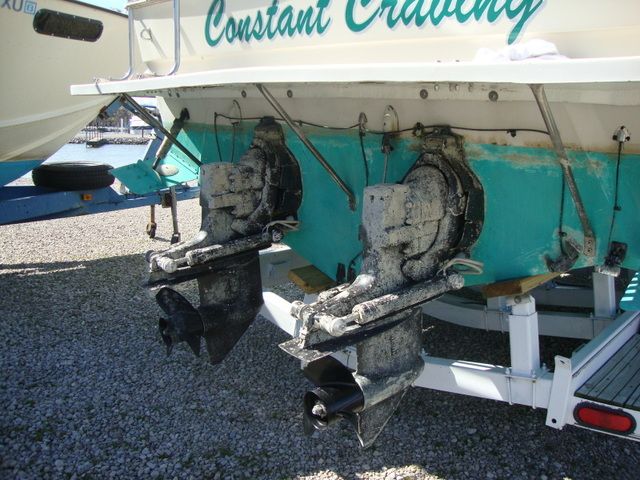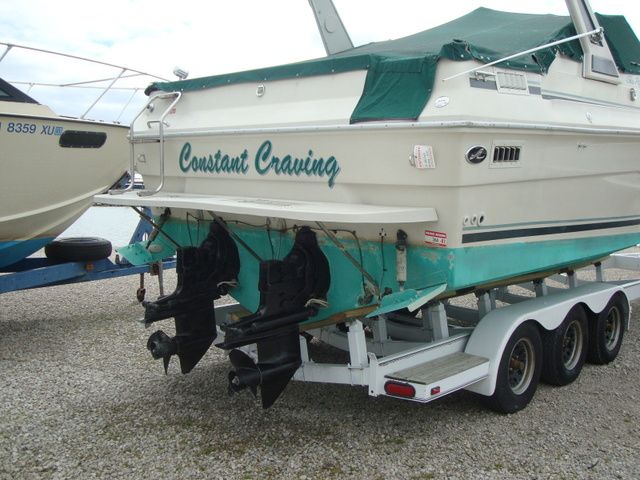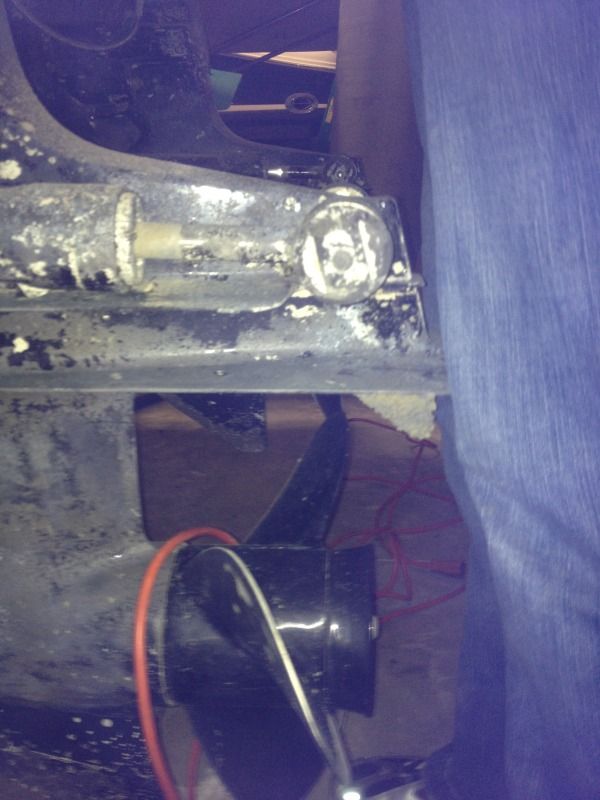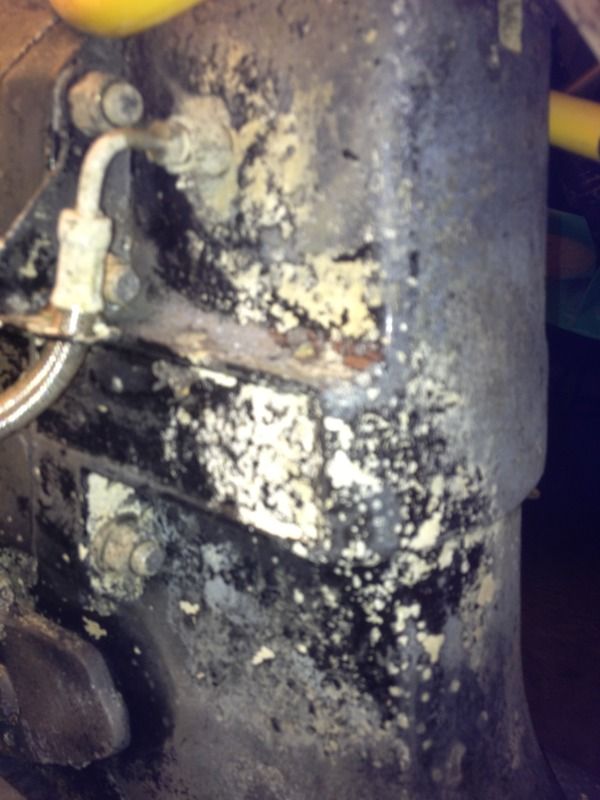Pachanga Boy
Member
okay, so I've finally gotten to see my boat since it's been pulled out of the water (sad I know) and crawled behind the boat to see that it looks as though the outdrives have been swimming in acid all summer.
when I bought the boat they were in rotten shape, I scraped them down, cleaned them up, primed and painted them and installed new anodes in the trim plates....from the looks of it you'd never know I did a thing last spring. I'm figuring I need to start by checking my mercathode system both the anode under the drive and the wiring, is there anything else I should check. also is there an easier way to clean these things up, I'm almost thinking I should pull them and have them media blasted.
just to give you an idea of how much corrision we're talking here.
spring before all the time and effort

after all my time and effort

last week:smt009
porous anode


when I bought the boat they were in rotten shape, I scraped them down, cleaned them up, primed and painted them and installed new anodes in the trim plates....from the looks of it you'd never know I did a thing last spring. I'm figuring I need to start by checking my mercathode system both the anode under the drive and the wiring, is there anything else I should check. also is there an easier way to clean these things up, I'm almost thinking I should pull them and have them media blasted.
just to give you an idea of how much corrision we're talking here.
spring before all the time and effort

after all my time and effort

last week:smt009
porous anode






